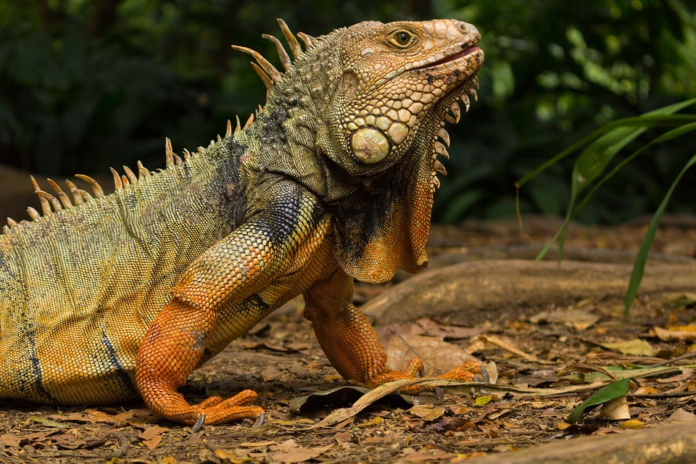Last Updated on July 15, 2021 by Fumipets
The animal kingdom encompasses a large number of species. Man has discovered over one million animal species. Every year, a greater number of creatures are found.
Invertebrates make up the overwhelming bulk of creatures in the animal world. They make up about 97 percent of the animal kingdom’s population, with vertebrates (animals having backbones) accounting for the remaining 3%.
In comparison to invertebrates, vertebrates are much better. They’re larger, smarter, have more sophisticated bodily systems, and move in more intricate ways. There are numerous vertebrate groupings or classifications, but mammals, amphibians, reptiles, fish, and birds are the most well-known.
We are going to share some essential information with you today about some creatures in one of these groups: the reptile group, sometimes known as the Reptilia class. We are going to tell you all you need to know about iguanas and lizards, as well as some key similarities and distinctions between the two.
Let’s get started.
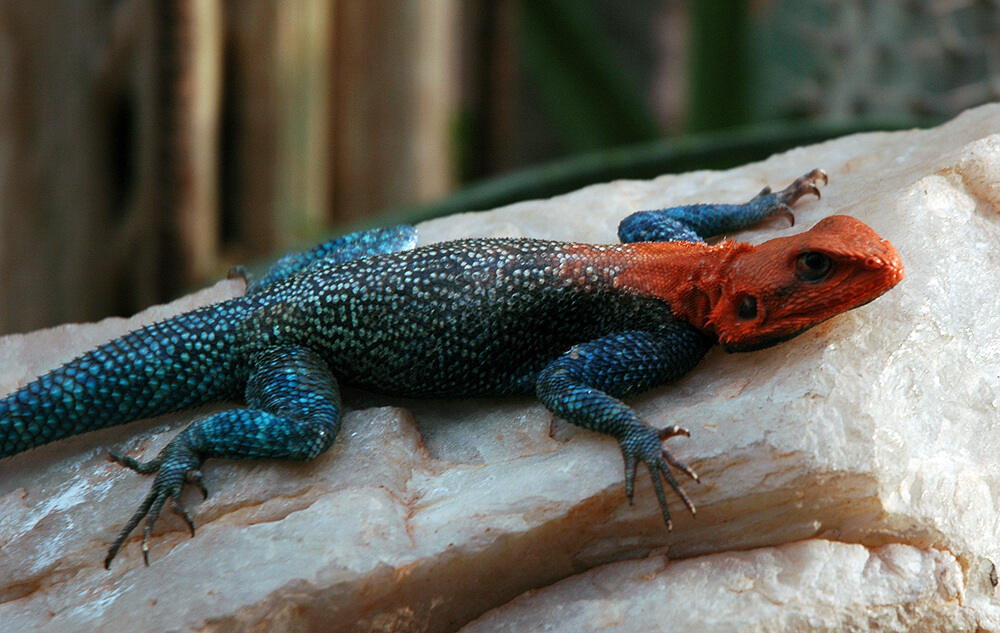
What is the difference between a lizard and an iguana?
A lizard is a reptile. It is a kind of reptile that belongs to the Squamata order and is closely linked to snakes. Lizards may be found all over the globe and don’t mind establishing their homes in people’s houses. Many lizards are omnivore or insectivorous in nature.
There are numerous different types/families of lizards that man is aware of. Iguanas are a unique kind of reptile. It is a member of the Iguanidae family of lizards. The Caribbean, South America, and Central America are home to iguanas. They are mostly herbivorous, which means they like to consume plant materials.

Where can you find lizards and iguanas?
Except for Antarctica, lizards may be found on virtually every continent. This is due to the fact that there are hundreds of lizard species that have evolved to live in the various terrestrial habitats and conditions found throughout the world. In comparison to lizards, iguanas are less frequent. They may be found mostly in the Americas, Australia, and portions of Southern Asia.
If you want to maintain a unique or exotic animal as a pet, you should choose an iguana. Because they have probably seen a common house lizard or any other lizard in an enclosure before, a guest to your home will be more intrigued by viewing a rare animal than by seeing a common house lizard or any other lizard in an enclosure.
How many different kinds of lizards and iguanas are there?
There are approximately 6,000 kinds of lizards and 30 species of iguanas known to man as of today (2020). Iguanas are classified as lizards since they are a kind of lizard. There are 30 species of iguanas.
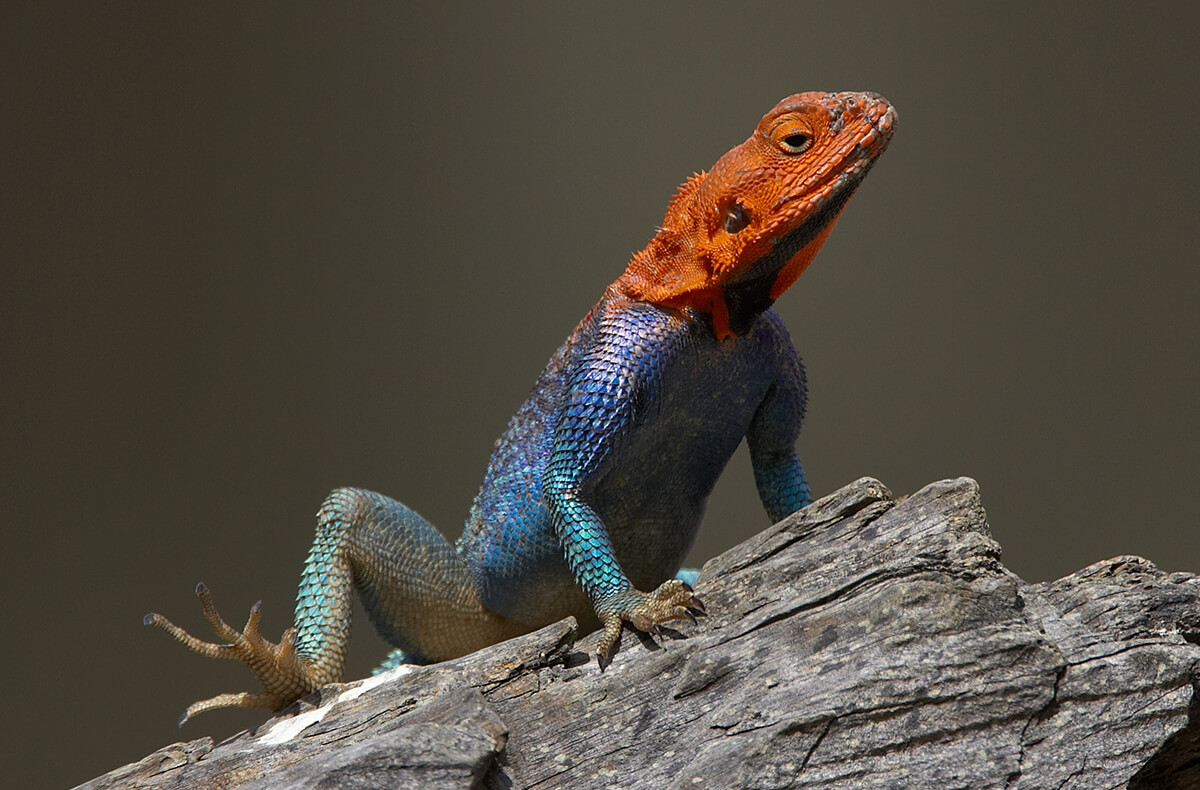
How Different In Terms of Appearance Are Lizards and Iguanas?
Lizards share many physical characteristics with humans, such as movable eyelids, external earholes, and four legs. However, since most lizards live in a variety of environments, many of their characteristics have evolved to help them thrive in those environments. Some lizards, for example, have rough, thick skin to minimise water loss in arid environments, while others have smooth skin to avoid getting trapped in mud.
Iguanas have a unique appearance. Iguanas have a large skull, keen teeth, sharp claws, and scaly skin in most species. The spines that run down the backs of iguanas are perhaps their most distinguishing characteristic.
Lizards and iguanas have quite distinct appearances.
What Colors Do Lizards and Iguanas Have?
There are hundreds of lizard species, as mentioned previously on this page. They’re all distinct in terms of appearance and colour. You’ll probably be able to locate a lizard species in any colour you choose, including red, yellow, blue, red, tan, brown, black, or green.
However, finding a lizard with a single colour all over its body is very uncommon. Most lizards have colour patches on their heads, bodies, limbs, and underbellies, as well as various coloured heads, bodies, limbs, and underbellies.
Iguana species come in a range of hues as well. Grey, blackish, blue, and red-coloured iguanas are the most common iguanas. It’s uncommon to see an iguana with just one colour, just as it’s uncommon to see a lizard with only one colour.
The survival of most lizards and iguanas is why they have various colours on the same body. The majority of lizards and iguanas need various colours to conceal from predators and/or prey. They also need the many colours they possess, particularly the brighter ones, in order to attract mating partners when the time comes.
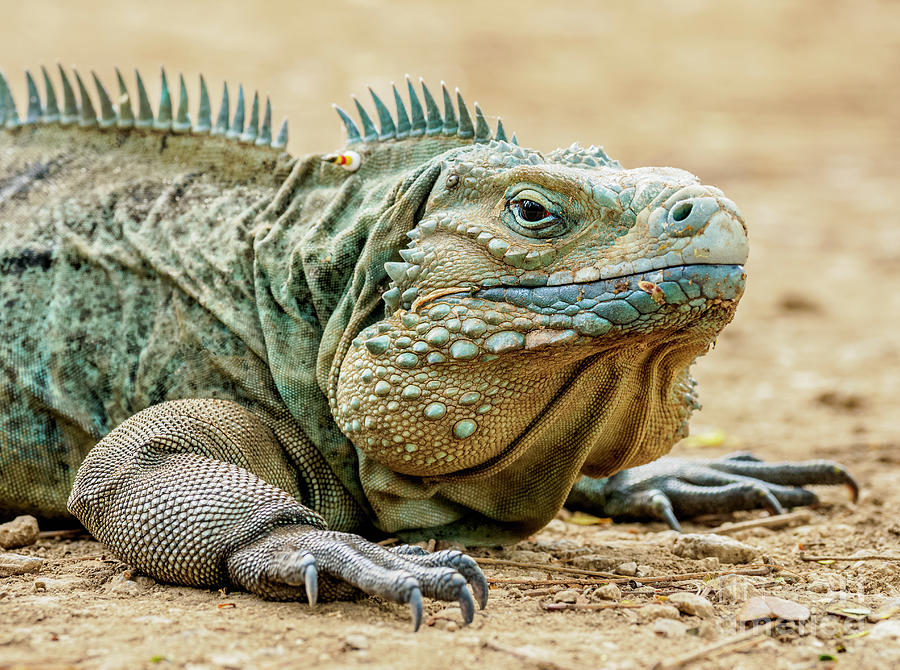
How Do Iguanas and Lizards Breed?
All lizard species reproduce by either laying eggs or producing live offspring. The majority of lizard species that deposit eggs do not defend their young. They just bury their eggs and go on.
Some lizard species that produce eggs, on the other hand, are known to guard their eggs or young ones. The five-lined skinks and the long-tailed skinks are among them. Many lizards that have live young are known to be protective of their youngsters. The prehensile-tailed skink, for example, is known to shield its young for many months.
Iguanas, like certain lizards, reproduce by depositing eggs. The rainy season is iguanas’ breeding season. Male iguanas fertilise the eggs inside female iguanas during the breeding season. The fertilised eggs are then carried by the females until the dry season begins. They deposit the eggs as soon as the dry season begins. They usually deposit thirty to fifty fertilised eggs at a time. They bury them to keep them safe from predators. It takes 2.5 to 3.5 months for iguana eggs to hatch.
How Different Are Lizards from Iguanas In Terms of Body Size?
Lizards come in a wide range of sizes. Some species only reach a length of 2 cm, while others may reach a length of 304 cm (3 metres). There are lizard species that weigh as little as 0.5 grammes and as much as 150 kilos. As a result, lizards vary greatly in weight and size.
Iguanas come in a variety of sizes. Some species only reach a length of 12 cm, while others may reach a length of 200 cm (2 metres). The smallest species of iguana weigh about 500 grammes, while the largest may weigh up to 6 kilos.
What Is the Difference Between the Lizard and Iguana Diets?
Insectivorous lizards are common. Cockroaches, crickets, ants, and beetles are among the insects they like eating. Many lizard species are omnivorous, eating insects, carrion, tiny tetrapods, spiders, fruits, and vegetables, among other things. A number of lizard species are known to be solely herbivorous (plant-eaters). There are other carnivorous lizards. The Komodo dragon, which feeds water buffalos, is one example.
Herbivorous iguanas are the most common kind of iguana. Plants, herbs, figs, flowers, buds, leaves, and other edibles are favourites. The really large ones, on the other hand, are known to devour small animals and birds.
They are simple to feed and care for, in my view, since most pet iguanas like to eat fruits and vegetables, which is what you should be consuming as well. In contrast, many pet lizard species need a continuous supply of live food, such as cockroaches and ants, which may be difficult to come by.
Are Iguanas and Lizards Poisonous?
Except for two lizard species, none are known to be poisonous. The Mexican Bearded Lizard and the Gila Monster are two poisonous lizard species. The good news is that they are simple to spot based on their look, making them easier to avoid.
While poisonous lizards do occur, man has never seen a genuinely venomous iguana. The venom produced by most iguanas is harmless to humans. As a result, they aren’t really poisonous.

What is the Lifespan of Lizards and Iguanas?
Lizards have a limited life expectancy. The majority of lizard species have a one-year lifespan. Iguanas, on the other hand, are known to live for a very long time. Iguanas may live for up to 20 years in certain species.
So, if you want a pet that will be your companion for a long time, acquire an iguana.
So. Lizards or Iguanas: Which is the Best Pet?
Iguanas, rather than lizards, are better pets in my view. This is due to the fact that they are simple to feed, clever, interesting to watch, exotic, and live considerably longer than lizards. The sole disadvantage of owning a pet iguana is the high expense of purchasing one and constructing a suitable cage for it.
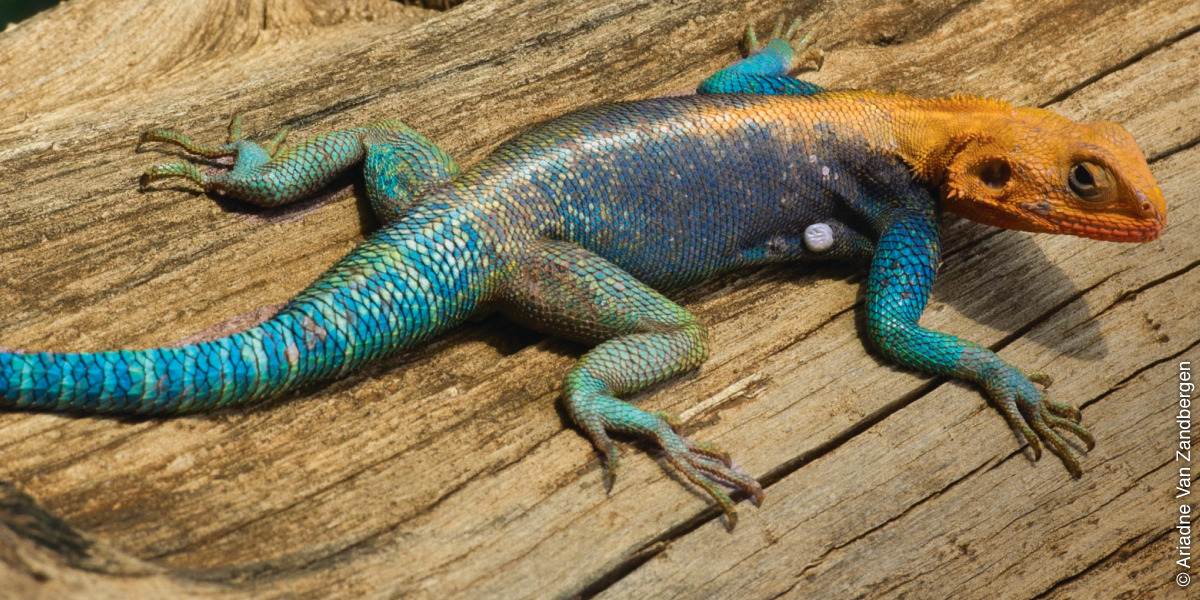
Conclusion
Lizards and iguanas are both animals that belong to the reptile family. Iguanas are lizards, not reptiles. As a result, they are extremely similar to lizards in many ways. They are, nevertheless, distinct from most lizard species in a number of respects, including their colouring and the things they consume. Iguanas, rather than lizards, are better pets in my view since they are more interesting and live longer.

